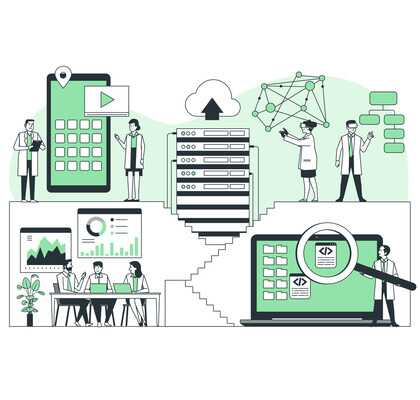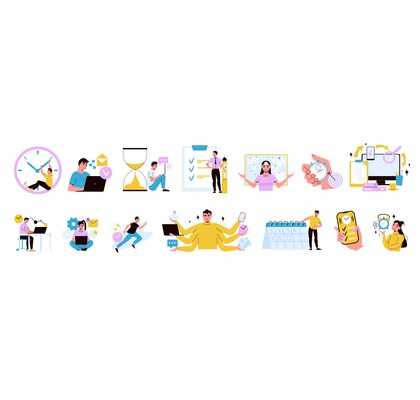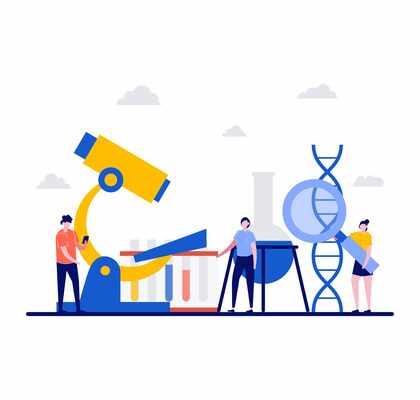The Benefits of Forming an LLC for Your Business
Starting a business is an exciting endeavor, but it also comes with various challenges and considerations. One crucial decision you’ll need to make is choosing the right legal structure for your business. One option that has gained significant popularity among entrepreneurs is forming a Limited Liability Company (LLC). In this article, we will explore the benefits of forming an LLC and why it can be a smart choice for your business. When you form an LLC, you establish a separate legal entity for your business, providing numerous advantages that can positively impact your operations. Let’s dive deeper into these benefits and understand why forming an LLC might be the right move for you. Before we delve into the advantages of forming an LLC, let’s briefly understand what an LLC is. An LLC is a business structure that combines the limited liability protection of a corporation with the flexibility and tax advantages of a partnership. It allows business owners, also known as members, to enjoy the benefits of both worlds. One of the primary benefits of forming an LLC is the limited liability protection it offers. This protection extends to the personal assets of the LLC members, safeguarding them from business debts and legal liabilities. By forming an LLC, you create a legal separation between your personal assets and the liabilities of your business. In case your LLC faces financial difficulties or legal issues, your personal assets, such as your home or savings, are generally protected from being used to settle business debts. LLC members are generally not personally liable for the debts and obligations of the company. If your LLC faces a lawsuit or incurs debts, your personal finances are shielded from these liabilities, preventing them from affecting your personal credit or financial standing. Another significant benefit of forming an LLC is the favorable tax treatment it offers. Unlike corporations, LLCs enjoy pass-through taxation, which means the profits and losses of the business pass through to the individual members’ personal tax returns. With pass-through taxation, an LLC avoids the double taxation that corporations face. The income generated by the LLC is not taxed at the entity level. Instead, it “passes through” to the members, who report it on their personal tax returns. This simplifies the tax process and often leads to lower tax burdens for LLC members. For LLC members who are active in the business, the self-employment tax savings can be significant. Unlike employees who must pay both the employer and employee portions of Social Security and Medicare taxes, LLC members only pay these taxes once on their share of the LLC’s profits. Another advantage of forming an LLC is the flexibility it offers in taxation. By default, an LLC is taxed as a disregarded entity (for single-member LLCs) or a partnership (for multi-member LLCs). However, LLCs also have the option to elect to be taxed as a corporation or an S corporation, providing additional tax planning opportunities. Forming an LLC can enhance the credibility and professionalism of your business. Adding “LLC” to your business name demonstrates to potential clients, customers, and partners that your business is a separate legal entity. This can instill trust and confidence in your brand, making it easier to attract customers and establish valuable business relationships.
Discover the transformative power of an LLC, enabling you to elevate your business and unlock new opportunities for growth.
– Ryan Thompson Operating your business as an LLC ensures a clear separation between your personal and business assets. This separation is crucial for maintaining accurate financial records, simplifying tax filings, and protecting your personal assets from business-related risks. Another advantage of forming an LLC is the assurance of continuity and ease of ownership transfer. Let’s explore these benefits in detail. In the event of the death, incapacity, or departure of an LLC member, the business can continue operating without disruption. The LLC’s operating agreement should outline the procedures for the transition of ownership or the admission of new members, ensuring the smooth continuation of the business. Transferring ownership in an LLC is generally more straightforward compared to other business structures. LLCs offer flexibility in transferring ownership interests, allowing members to sell or gift their ownership stakes without significant legal complexities. Forming an LLC can make your business more attractive to potential investors and partners. The limited liability protection offered by an LLC structure can give investors peace of mind, as they are not personally liable for the company’s debts or legal issues. This can facilitate the process of securing financing or attracting strategic partners to fuel the growth of your business. If privacy is important to you, forming an LLC can offer an additional layer of privacy and confidentiality. While the requirements may vary depending on the state, LLCs generally have less public disclosure requirements compared to other business structures like corporations. This can help protect sensitive business information and maintain your privacy as a business owner. Easy Compliance and Administration LLCs often have simpler compliance and administrative requirements compared to other business entities. Let’s explore these benefits further. LLCs typically have fewer record-keeping requirements compared to corporations. While it’s essential to maintain accurate and up-to-date records, the administrative burden is generally lighter for LLCs, allowing business owners to focus more on running their operations. Compared to corporations, LLCs often face fewer compliance requirements. LLCs may have fewer annual reporting obligations, fewer mandatory meetings, and less regulatory scrutiny, allowing business owners to navigate the administrative landscape with greater ease. Forming an LLC offers a range of benefits for your business. From limited liability protection to tax advantages, credibility, and ease of administration, an LLC provides a solid foundation for growth and success. By establishing an LLC, you can protect your personal assets, optimize your tax obligations, and position your business for long-term viability.Introduction
What is an LLC?
Limited Liability Protection
Personal Asset Protection
Financial Liability Protection
Tax Advantages
Pass-through Taxation
Self-Employment Tax Savings
Flexibility in Taxation



Credibility and Professionalism
Separation of Personal and Business Assets
Continuity and Transferability
Business Continuity
Easy Transfer of Ownership
Attracting Investors and Partners
Privacy and Confidentiality
Simplified Record-keeping
Fewer Compliance Requirements

Conclusion













































